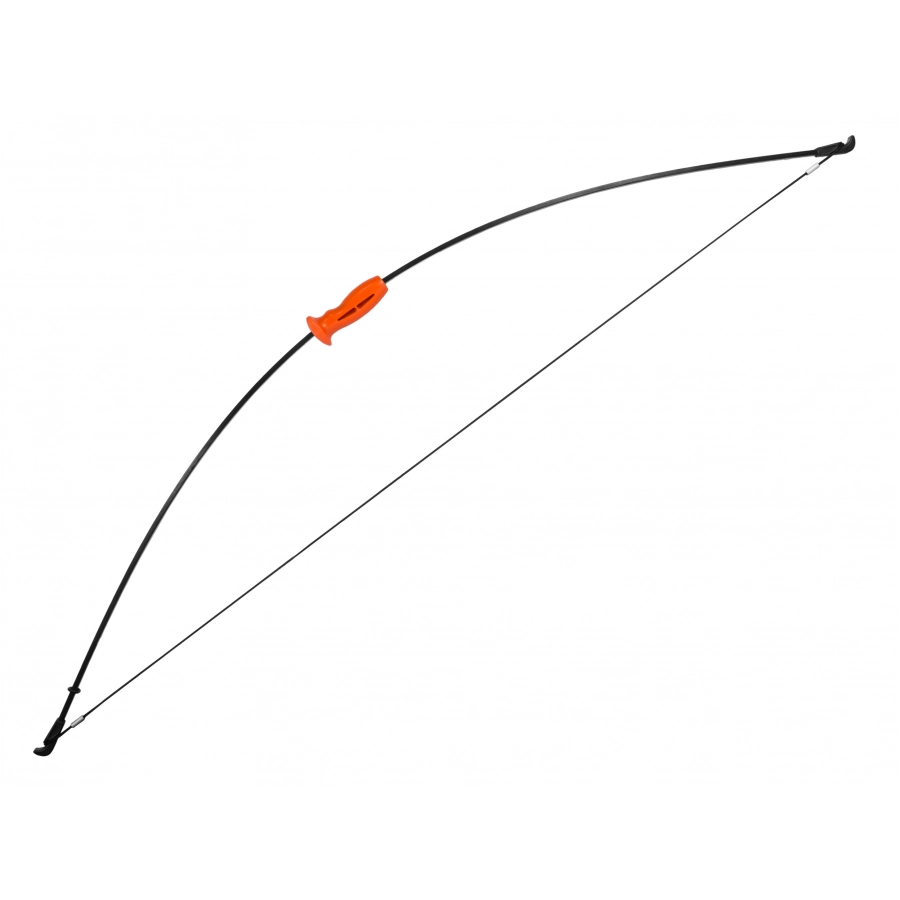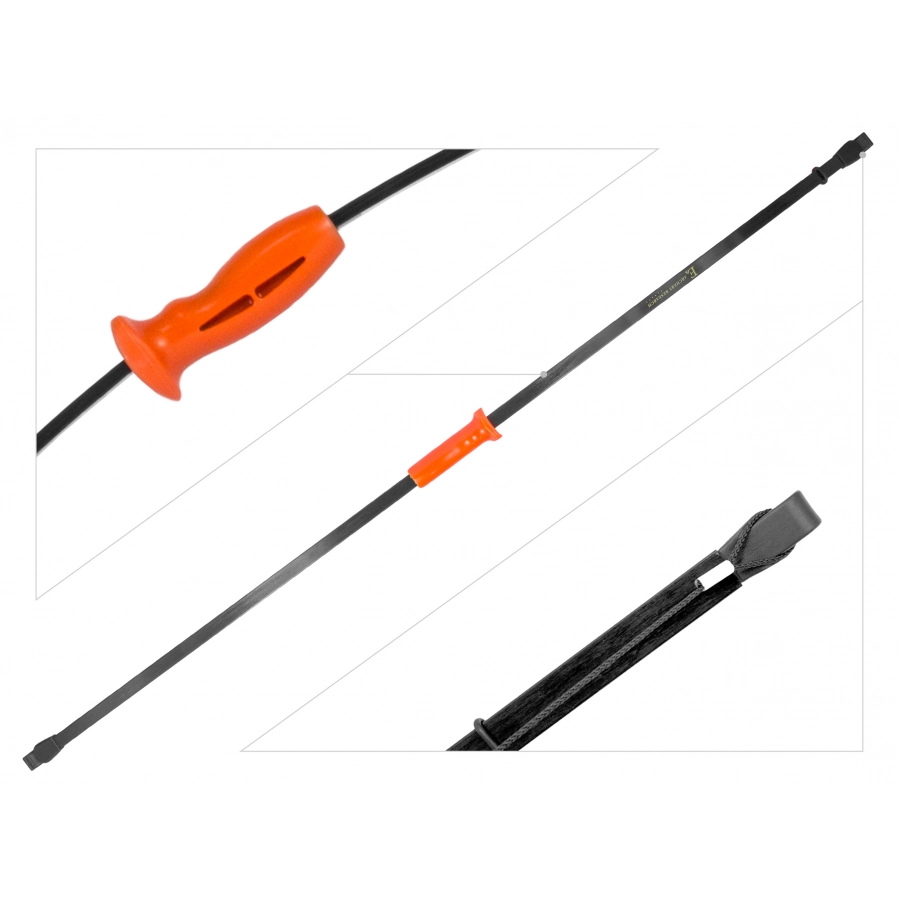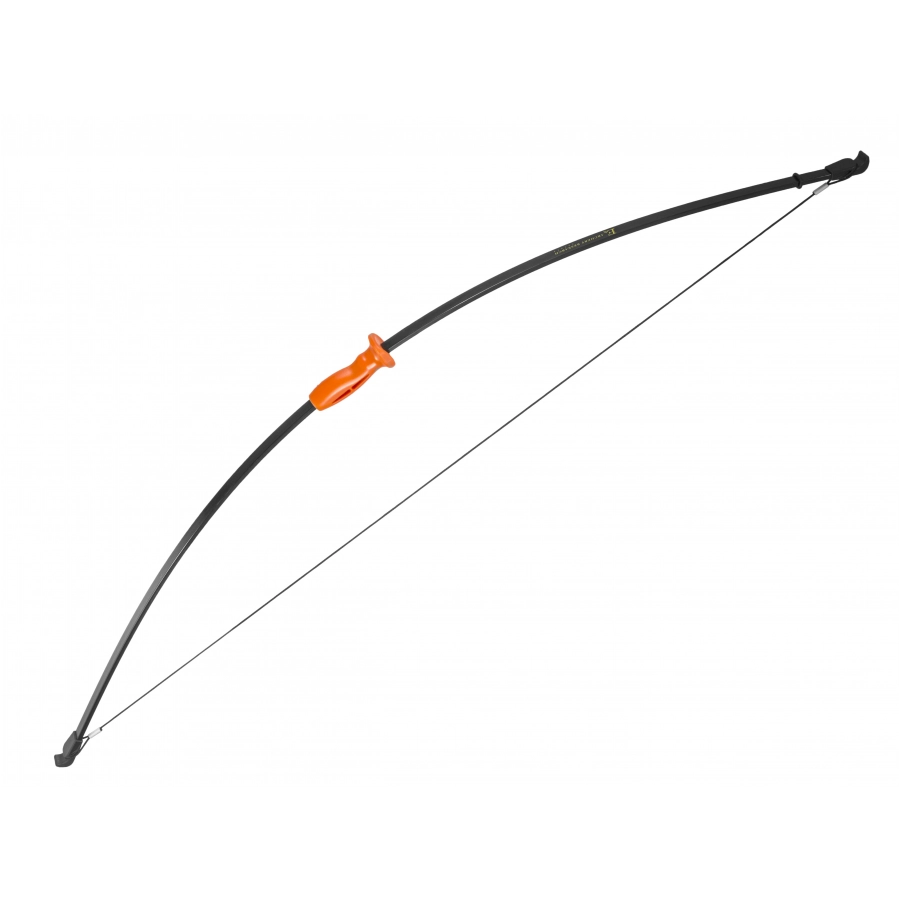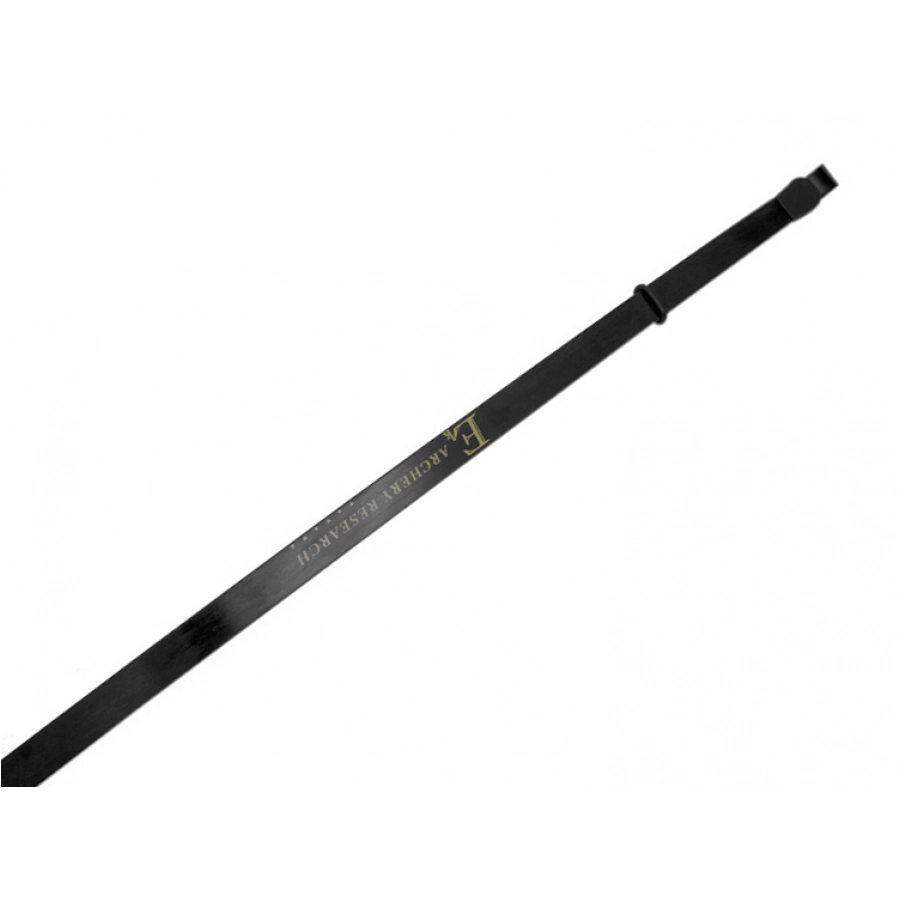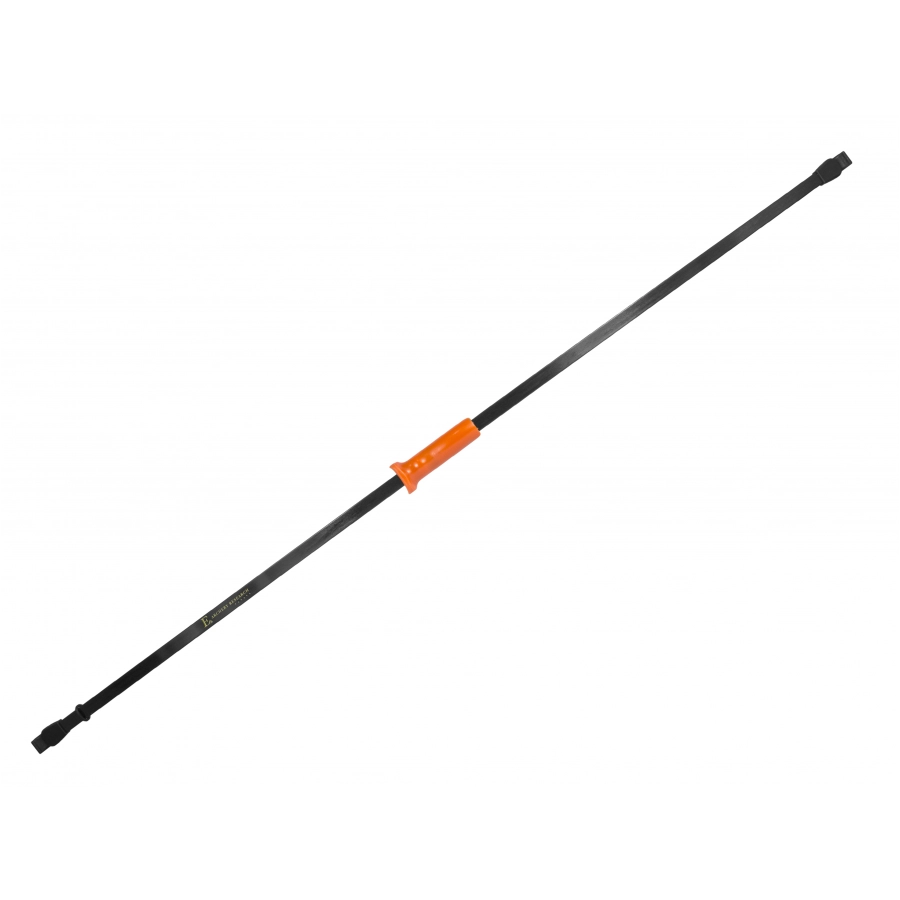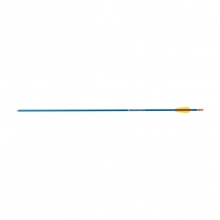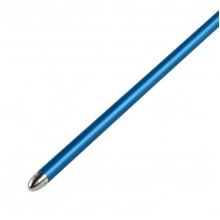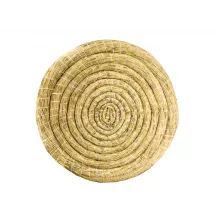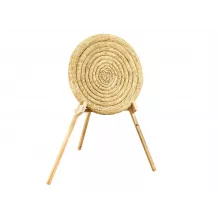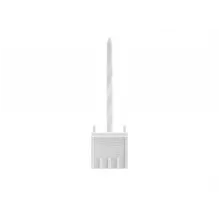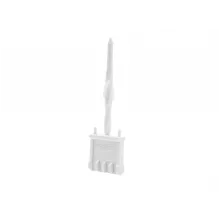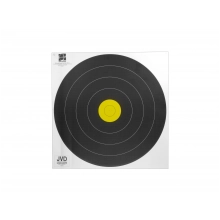TheCrusader is a recreational 12-pound draw bow, referring in its design to Indian bows from the time of US colonization. The bow was created for beginner archery students, especially children and teenagers.
Sturdy fiberglassarms have been incorporated into a maypole made of durable plastic. The bow has a contoured handle, which provides a secure grip and comfort. The maypole was designed for both right-handed and left-handed archers. The length of the bow was measured with the string on.
TheCrusader is ideal for learning archery and later for weekend training.
The includedaccessories allow you to start your archery adventure immediately.
